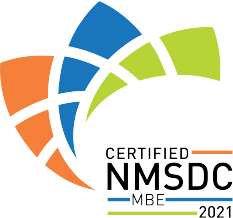
Are you tired of the struggle of using spreadsheets to manage complex projects? Does the constant juggle between shared drives, texting, and spreadsheets make you feel more like a secretary than a project manager? Fear not, as there is a game-changing solution that can revolutionize the way you handle such projects – a custom database.
Imagine managing a project of installing window graphics at 250 nationwide locations: final install photos would come in via email and texts from dozens of installers and you’d match each one to a specific location. God forbid one wasn’t done correctly, and if so, you’d have to manage a go-back as well. The lack of a single location for all project information (install date would be in a spreadsheet, and photos stored elsewhere) and the absence of real-time updates (ex: how many locations are done and those that remain) add unnecessary complexities.
Enter the Custom Database
A custom database is the answer to your project management woes. It acts as a centralized hub, streamlining your workflow, and providing an array of benefits that can transform the way you handle big projects.
1. Centralized Data Management:
Say goodbye to scattered information across various platforms. A custom database offers a single, unified location to store all relevant project data. From the list of install locations to installer details and progress updates – everything is easily accessible to all team members in real-time.
2. Streamlined Photo Management:
Manual matching is no longer a headache and a job within itself. With a custom database, installers upload images directly into the system, linking them to the location selected from a drop down list. Once saved, the images all show up so you can see them all together, and your dashboard updates with what is done and what is left to do. This seamless process ensures that you have a comprehensive visual record for each location and can focus on higher level tasks to ensure the project is a success.
3. Real-Time Updates:
Gone are the days of outdated spreadsheets and delayed communication. A custom database provides real-time updates, ensuring that every team member is on the same page. Stay informed about completed installations, upcoming tasks, and any changes to the project, all in real-time.
4. Effortless Coordination:
Coordinating tasks and updates becomes a breeze with a custom database. Instead of relying on scattered texting and chatting, team members can communicate seamlessly within the platform. This boosts efficiency, minimizes misunderstandings, and saves valuable time.
5. Automated Confirmations:
No more manual follow-ups for confirmation. A custom database can automate confirmation emails once an installer completes a task. This feature not only acknowledges the hard work of your team but also ensures that you can easily track progress and maintain accountability.
The happy ending
Effectively managing large-scale projects across multiple installation sites no longer needs to be a daunting endeavor. Embracing the capabilities of a tailored database solution can significantly enhance your workflow, foster improved collaboration, and ultimately lead to greater project success. With centralized data management, real-time updates, and automated confirmations, a custom database empowers your team to operate with greater intelligence and efficiency.
It is time to break free from the challenges posed by unwieldy processes and fragmented information. Elevate your project management capabilities by adopting a custom database, and witness your major projects flourish like never before. Embrace the future of project management and experience the transformative difference it can make today.
Jeff Lo is owner of TGS Elevate, a visual marketing / merchandising company that provides printing, point of purchase displays, and store fixture manufacturing, and in-store build outs for companies that have 50-500 locations nationwide.





